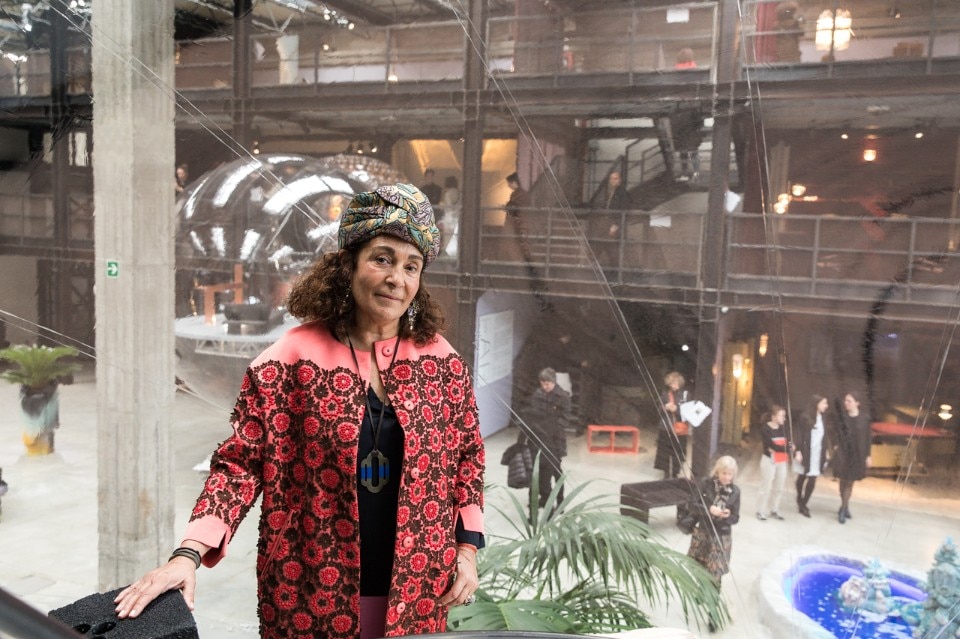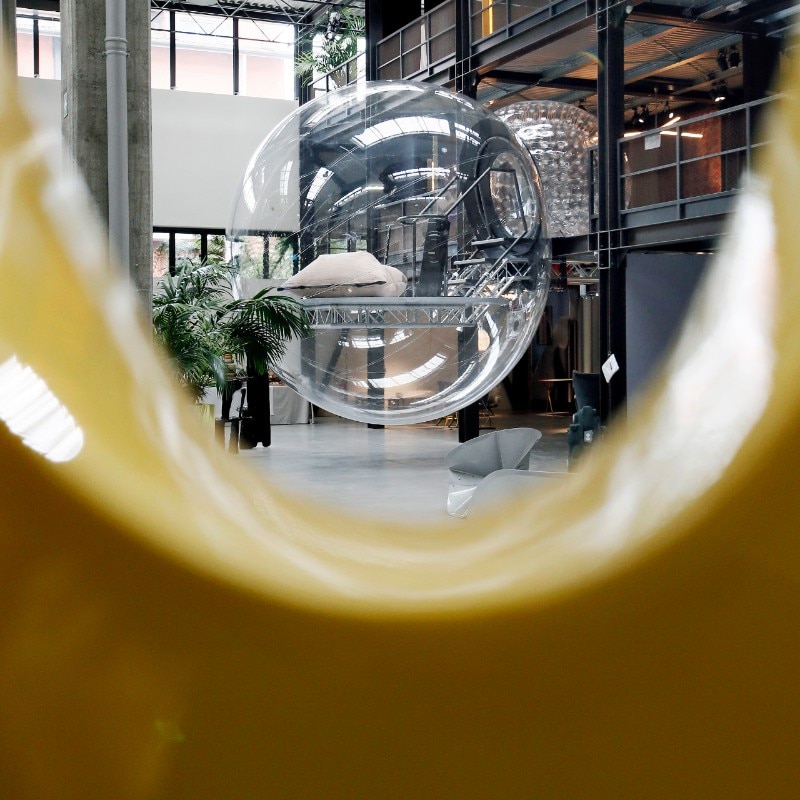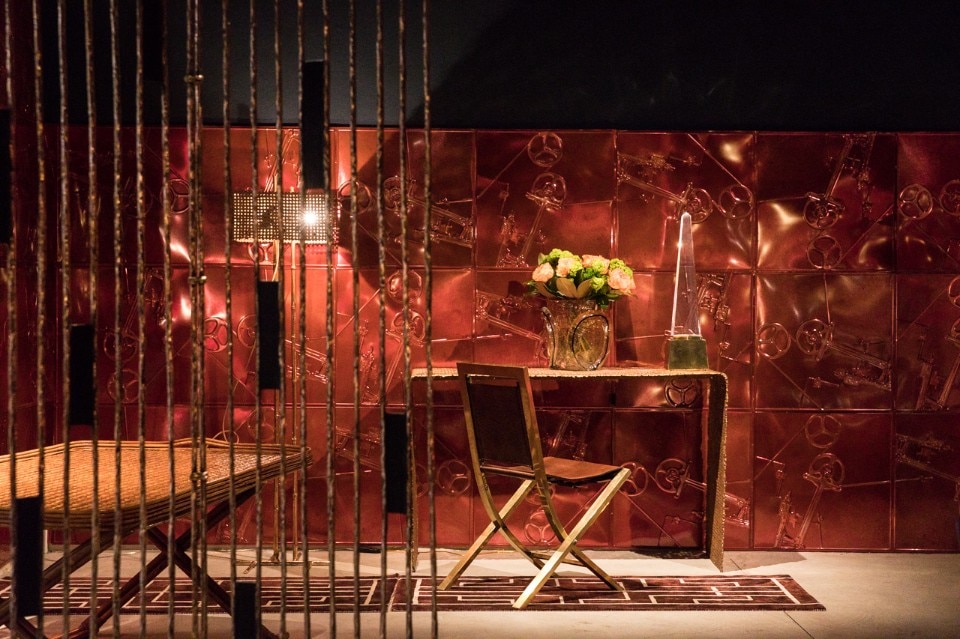Born in Teheran, Nina Yashar moved to Milan in 1963. She opened her first design gallery in 1979, the next step to her family’s business, which sold ancient carpets. Since then, her research, collection and discovery has continued uninterrupted: Nilufar (which in Persian means “lotus flower”) was backed by Nilufar Squat – fragments of exclusive domestic interiors in empty homes – and, two years ago, by Nilufar Depot, a former smithy transformed into a spectacular display venue designed by Massimiliano Locatelli. For the third time, at Milano Design Week, the Depot hosts “FAR”, new works by a group of emerging designers, selected this year by Studio Vedet. The installation, by Space Caviar, evokes some radical ideas from the 1970s, above all the Oase No.7 by Hans Rucker Co’s. Past utopia, however, can today be achieved and suggests ideas for totally new ways of living. The Depot hosts also the exhibition "New Sculptural Presence" curated by Libby Sellers with exhibition desig by Patricia Urquiola.
What is your relationship with Milan, the city you’ve lived in since 1963. And how has Milan changed, also thanks to design?
I’ve always been drawn to Milan for its pioneering architecture promoted during the post-war reconstruction phase by great architects like Portaluppi, Ponti, Albini, BBPR, Caccia Dominioni, Ignazio Gardella, Mangiarotti, Magistretti . . . The grand designs of Milanese architects at the time have always been a source of inspiration for my research in the world of auteur furnishings and vintage design. But the spirit of a design Milan has never gone out: surely, the 2015 Expo ushered in new energy and renewed the spirit of this city, which in Italy is the greatest hub where cutting-edge technology meets, also thanks to legendary companies that have never stopped investing in innovation.
At the start, there were carpets, then design came into the picture: today, what is a carpet for you?
Carpets were a family business, a profession I could have continued naturally. But today, I realise that carpets are becoming more and more fundamental in the creation of my stories:
A carpet is a room without walls, it’s an element of measure but above all of synergy between all the other furnishings, that is, the element that makes an interior a true conversation piece.
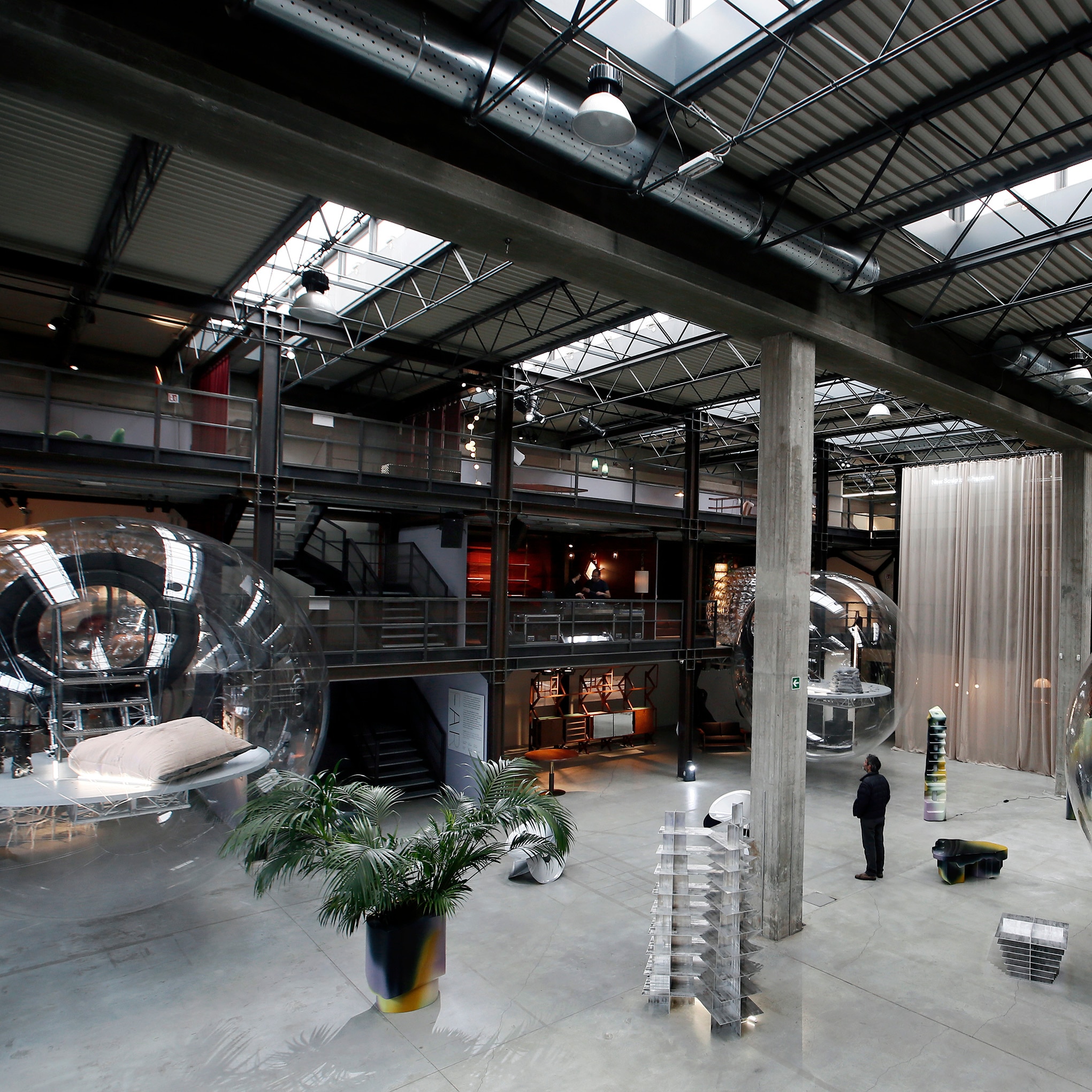
 View gallery
View gallery
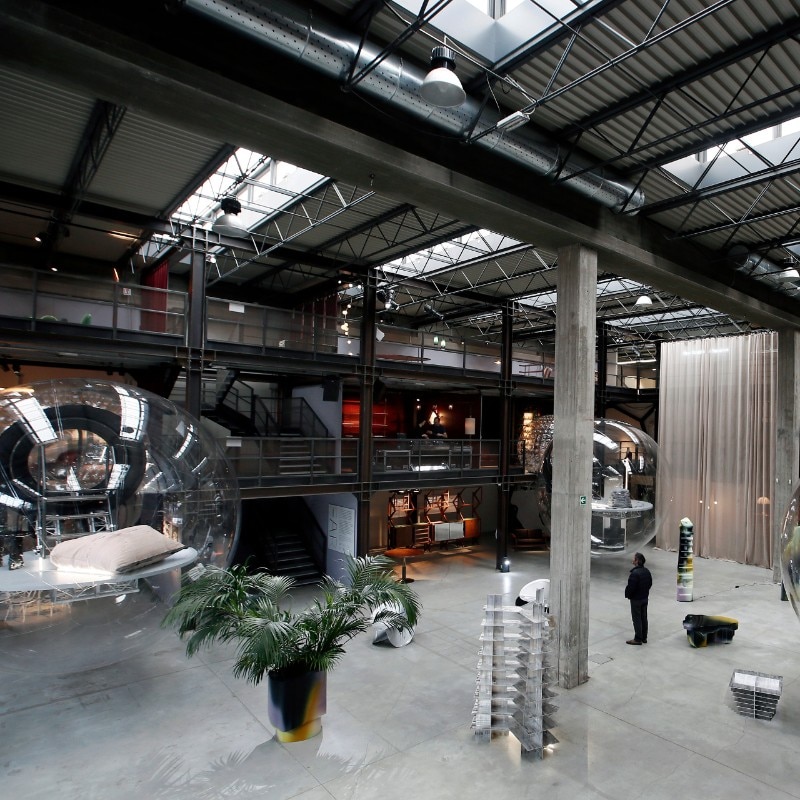
“FAR”
Project by Space Caviar, curator Studio Vedet.
Nilufar Depot, viale Vincenzo Lancetti 34, Milan
Photo by Andrea Raffin
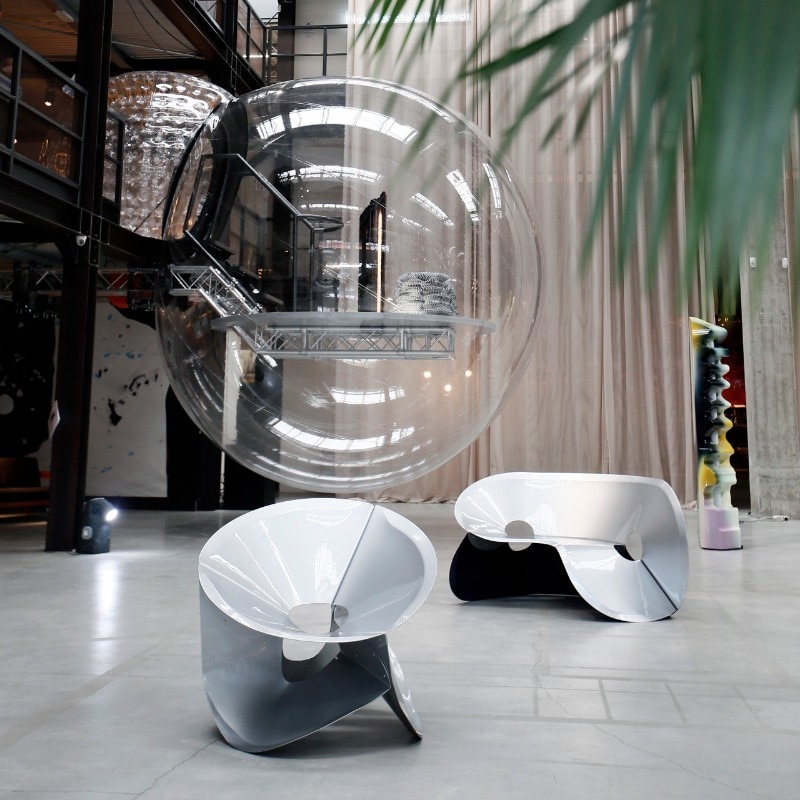
“FAR”
Project by Space Caviar, curator Studio Vedet.
Nilufar Depot, viale Vincenzo Lancetti 34, Milan
Photo by Andrea Raffin
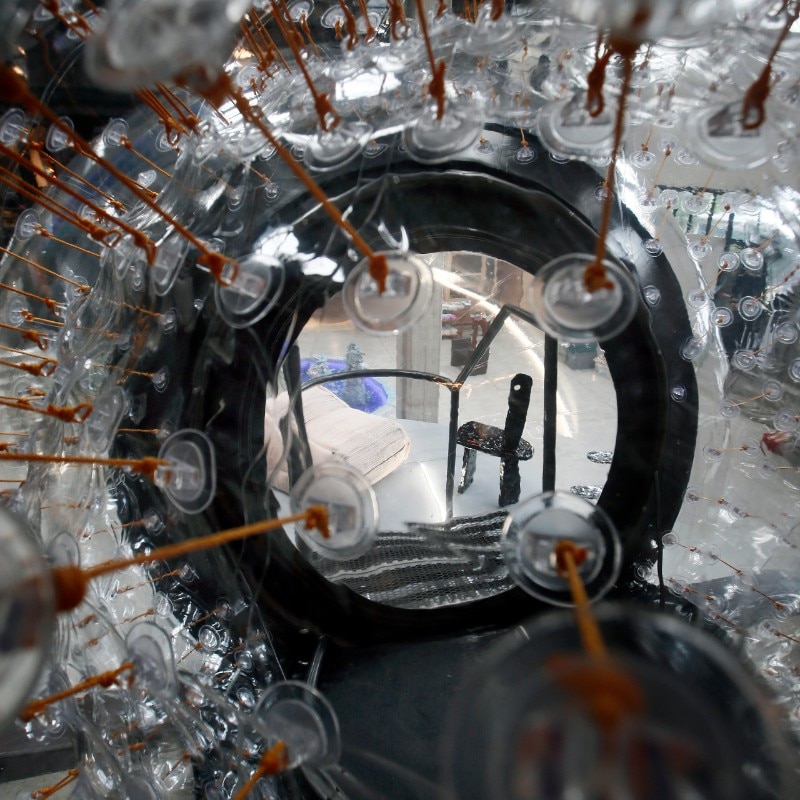
“FAR”
Project by Space Caviar, curator Studio Vedet.
Nilufar Depot, viale Vincenzo Lancetti 34, Milan
Photo by Andrea Raffin
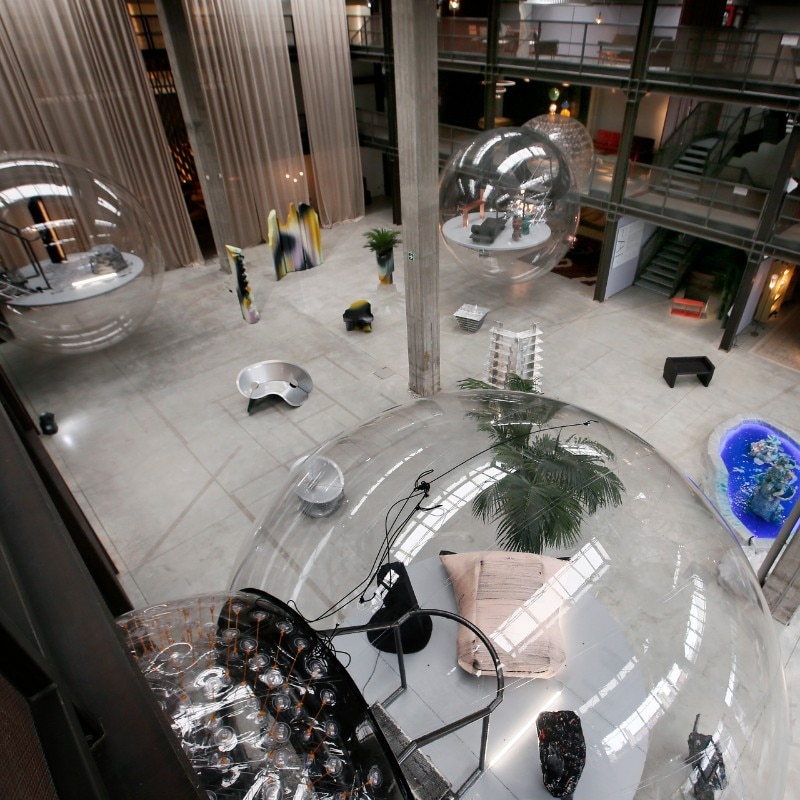
“FAR”
Project by Space Caviar, curator Studio Vedet.
Nilufar Depot, viale Vincenzo Lancetti 34, Milan
Photo by Andrea Raffin
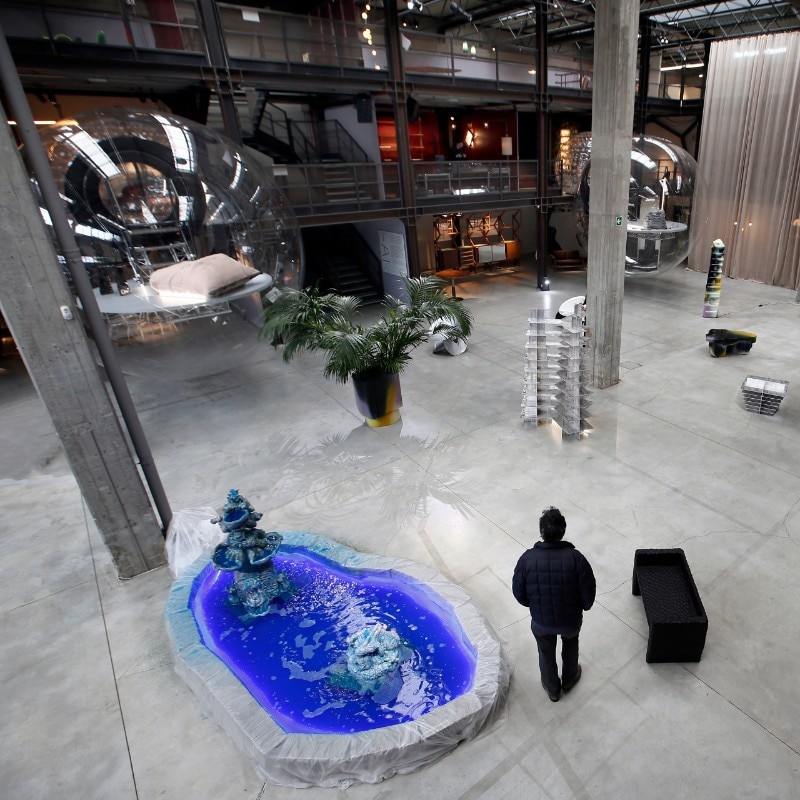
“FAR”
Project by Space Caviar, curator Studio Vedet.
Nilufar Depot, viale Vincenzo Lancetti 34, Milan
Photo by Andrea Raffin
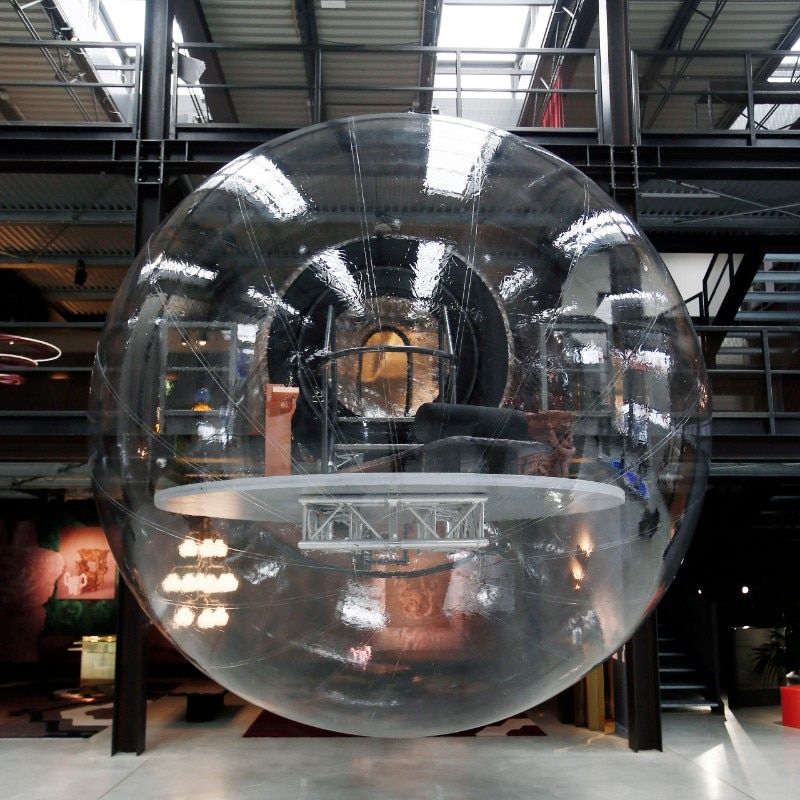
“FAR”
Project by Space Caviar, curator Studio Vedet.
Nilufar Depot, viale Vincenzo Lancetti 34, Milan
Photo by Andrea Raffin

“FAR”
Project by Space Caviar, curator Studio Vedet.
Nilufar Depot, viale Vincenzo Lancetti 34, Milan
Photo by Andrea Raffin
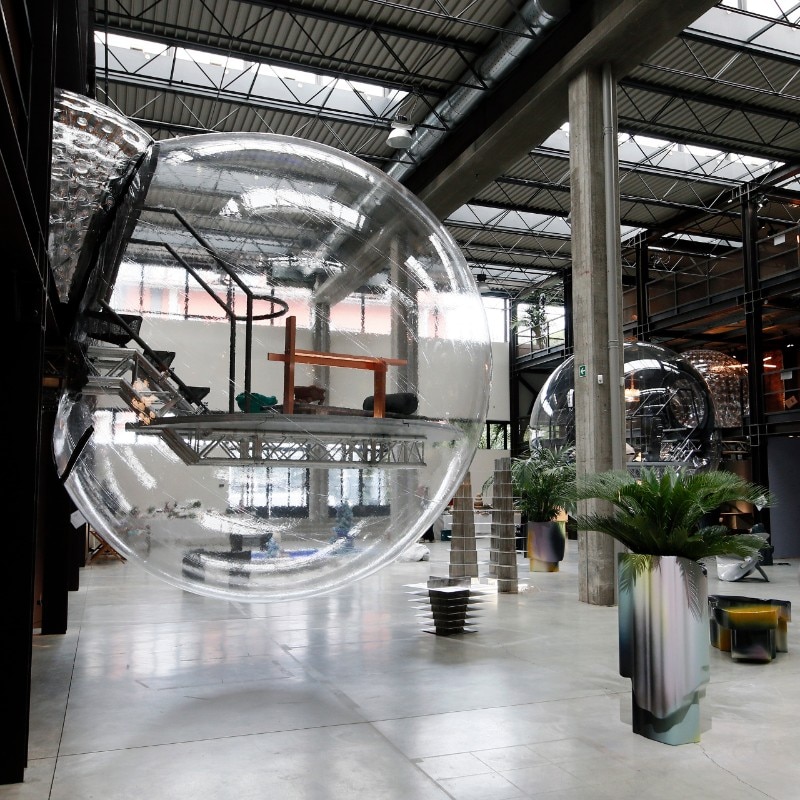
“FAR”
Project by Space Caviar, curator Studio Vedet.
Nilufar Depot, viale Vincenzo Lancetti 34, Milan
Photo by Andrea Raffin
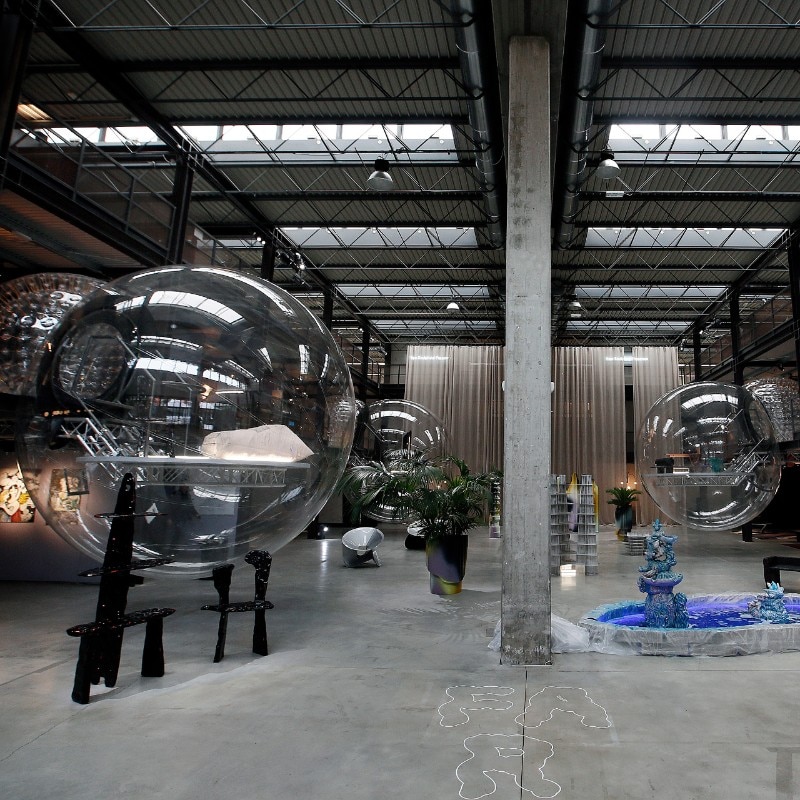
“FAR”
Project by Space Caviar, curator Studio Vedet.
Nilufar Depot, viale Vincenzo Lancetti 34, Milan
Photo by Andrea Raffin

“FAR”
Project by Space Caviar, curator Studio Vedet.
Nilufar Depot, viale Vincenzo Lancetti 34, Milan
Photo by Andrea Raffin

“FAR”
Project by Space Caviar, curator Studio Vedet.
Nilufar Depot, viale Vincenzo Lancetti 34, Milan
Photo by Andrea Raffin

“FAR”
Project by Space Caviar, curator Studio Vedet.
Nilufar Depot, viale Vincenzo Lancetti 34, Milan
Photo by Andrea Raffin

“FAR”
Project by Space Caviar, curator Studio Vedet.
Nilufar Depot, viale Vincenzo Lancetti 34, Milan
Photo by Andrea Raffin

“FAR”
Project by Space Caviar, curator Studio Vedet.
Nilufar Depot, viale Vincenzo Lancetti 34, Milan
Photo by Andrea Raffin

“FAR”
Project by Space Caviar, curator Studio Vedet.
Nilufar Depot, viale Vincenzo Lancetti 34, Milan
Photo by Andrea Raffin

“FAR”
Project by Space Caviar, curator Studio Vedet.
Nilufar Depot, viale Vincenzo Lancetti 34, Milan
Photo by Andrea Raffin

“FAR”
Project by Space Caviar, curator Studio Vedet.
Nilufar Depot, viale Vincenzo Lancetti 34, Milan
Photo by Andrea Raffin

“FAR”
Project by Space Caviar, curator Studio Vedet.
Nilufar Depot, viale Vincenzo Lancetti 34, Milan
Photo by Andrea Raffin
How did you conceive of the installation for this edition of the Salone?
The installation was designed by Space Caviar, conceived by its director, Joseph Grima, as a set for the “FAR” project, a journey into the galaxy of a group of emerging designers. The idea of installing three inflatable bubbles hanging in the middle of Nilufar Depot evokes some radical ideas from the 1970s, especially the Oase No.7 by Hans Rucker Co’s, with the difference that today all construction components of these pressurised systems are easily available online [they were purchased on Alibaba.com, editor’s note]. Past utopia has now become a commercial reality. The Space Caviar installation reclaims ideas from the past to achieve ways of living that are totally new.
Who are the curators and designers you worked with, plus surprises and novelties?
The entire “FAR” project was co-curated with Valentina Ciuffi from Studio Vedet, referring to her for a new perspective, one that complements mine regarding contemporary design, since I realised that my way of selecting design had become univocal, as if I were nurturing a mono-vision and were not able to push forward in new directions. I felt at odds with this, almost as if I were betraying my curious personality, the desire to change and surprise I’ve always felt. Plus, I collaborated with the curator Libby Sellers, visiting artistic ceramists who live and work in London, and together we chose works by Nao Matsunaga, Irina Razumovskaya and Jonathan Trayte for the new sculptures I commissioned for the gallery. This interesting selection is presented through the installation design by Patricia Urquiola whom I’ve known for years. Instead, in the gallery on Via Spiga the main players are Michael Anastassiades, Martino Gamper and Brigitte Niedermair.
How do you view the relationship between artisanry and design?
The role of design has clearly changed; technology, ecology, biology and politics are at the centre of the studies of design students in academies around the world. Objects are mostly replaced by the explorations of young designers, who relate with all disciplines to enter all sorts of contexts and, through museums, they reach cities, research centres, refugee camps and large industries of alternative materials. With these new stimuli and interests, artisanry is also stimulated to evolve, to face the new challenges and innovate through design. For example, in the “FAR” works it’s clear that the focus on processes and forms is the result of in-depth investigations of materials and production techniques, which is always artisanal.
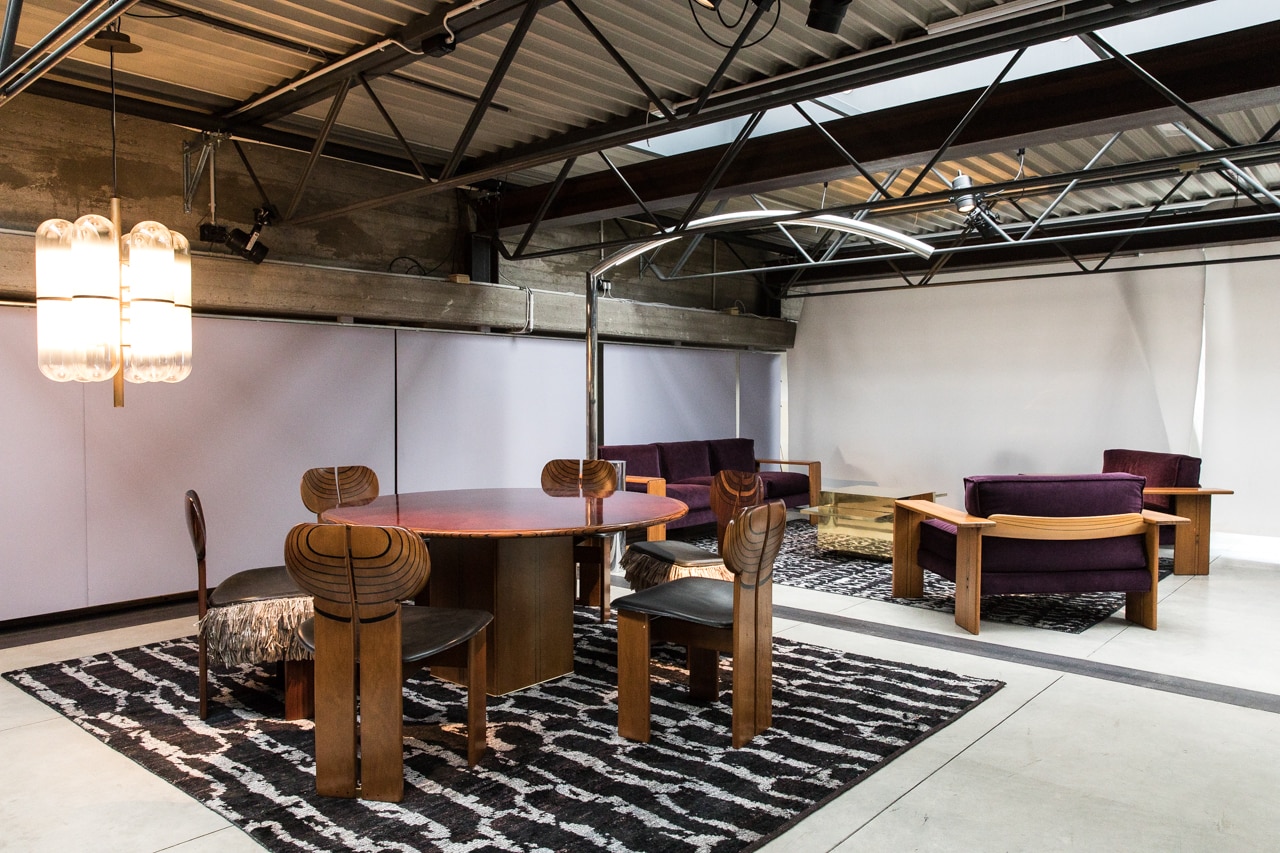
 View gallery
View gallery
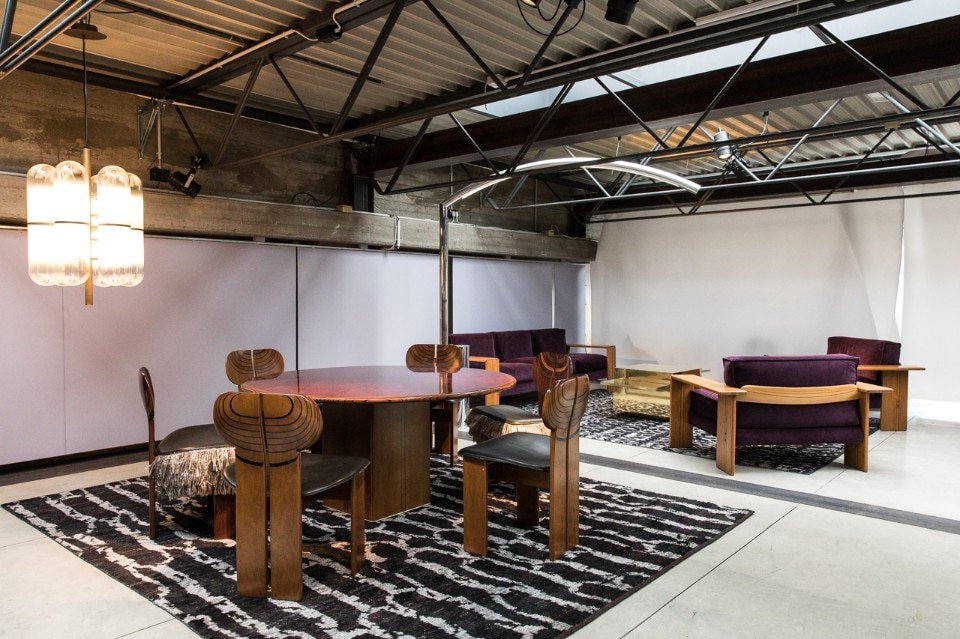
“New Sculptural Presence”
Exhibition design Studio Urquiola, curator Libby Seller.
Nilufar Depot, viale Vincenzo Lancetti 34, Milano
Photo by Henrik Blomqvist
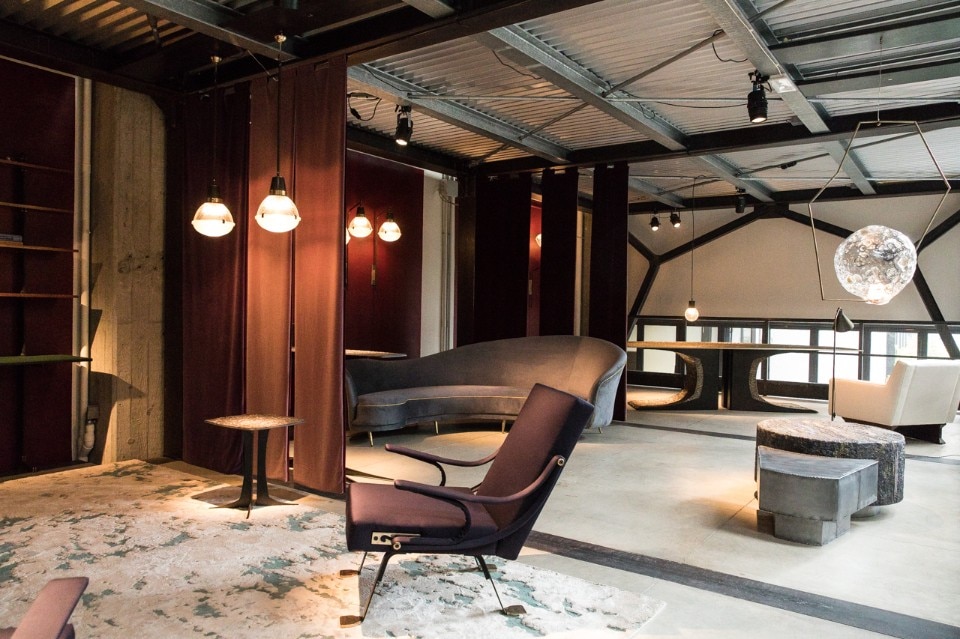
“New Sculptural Presence”
Exhibition design Studio Urquiola, curator Libby Seller.
Nilufar Depot, viale Vincenzo Lancetti 34, Milano
Photo by Henrik Blomqvist
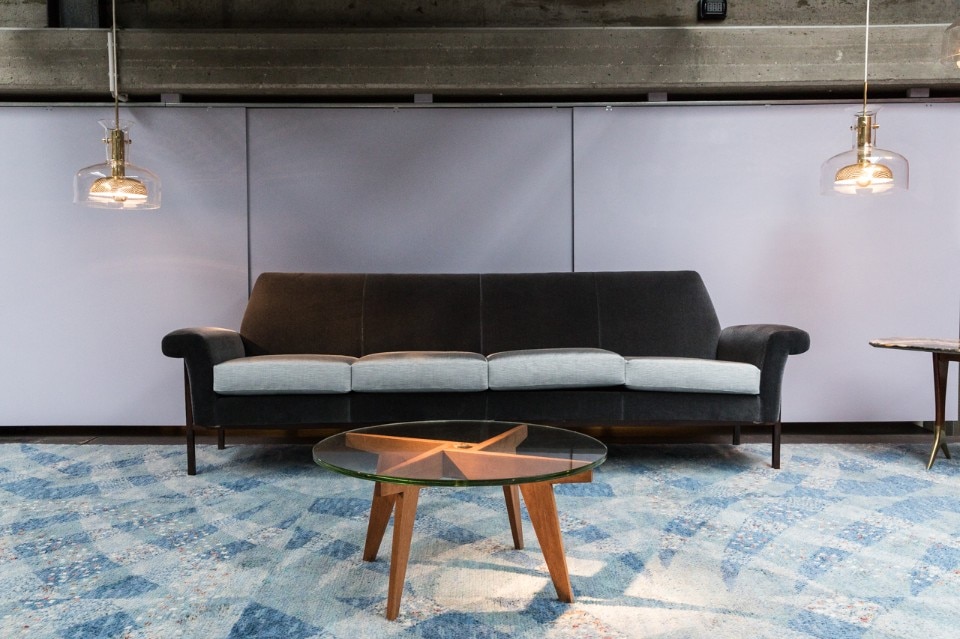
“New Sculptural Presence”
Exhibition design Studio Urquiola, curator Libby Seller.
Nilufar Depot, viale Vincenzo Lancetti 34, Milano
Photo by Henrik Blomqvist
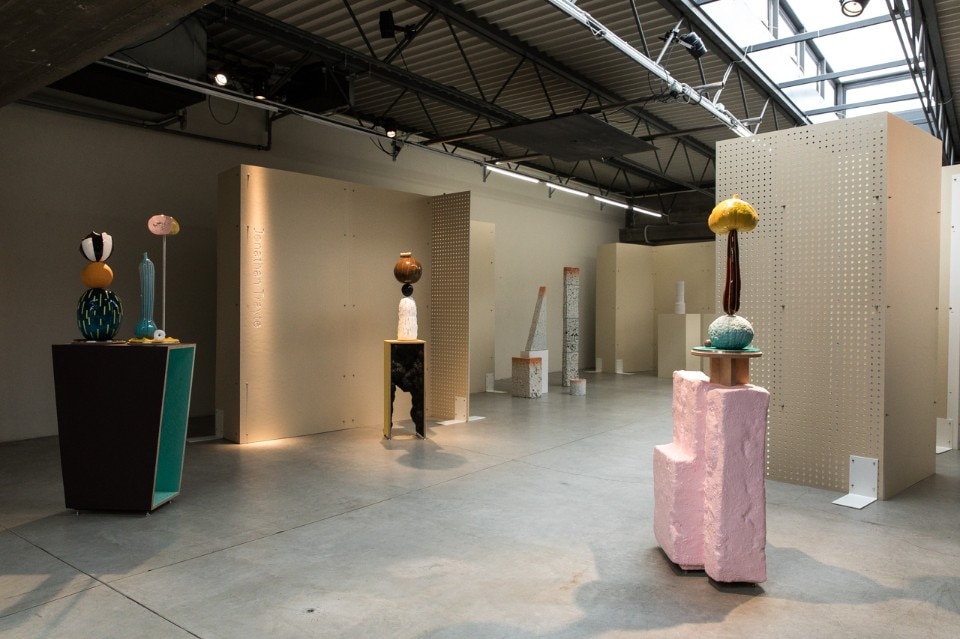
“New Sculptural Presence”
Exhibition design Studio Urquiola, curator Libby Seller.
Nilufar Depot, viale Vincenzo Lancetti 34, Milano
Photo by Henrik Blomqvist
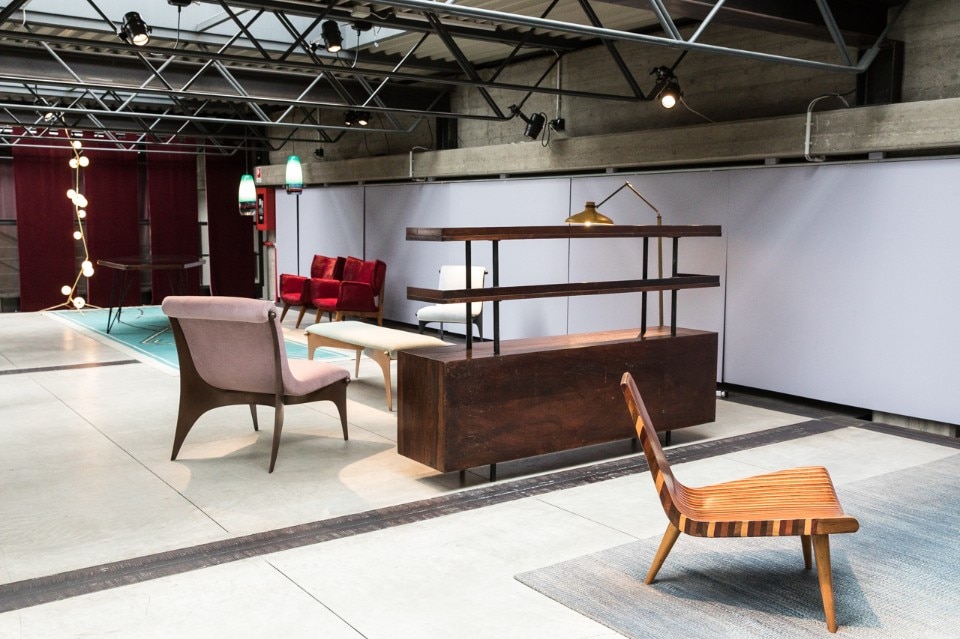
“New Sculptural Presence”
Exhibition design Studio Urquiola, curator Libby Seller.
Nilufar Depot, viale Vincenzo Lancetti 34, Milano
Photo by Henrik Blomqvist
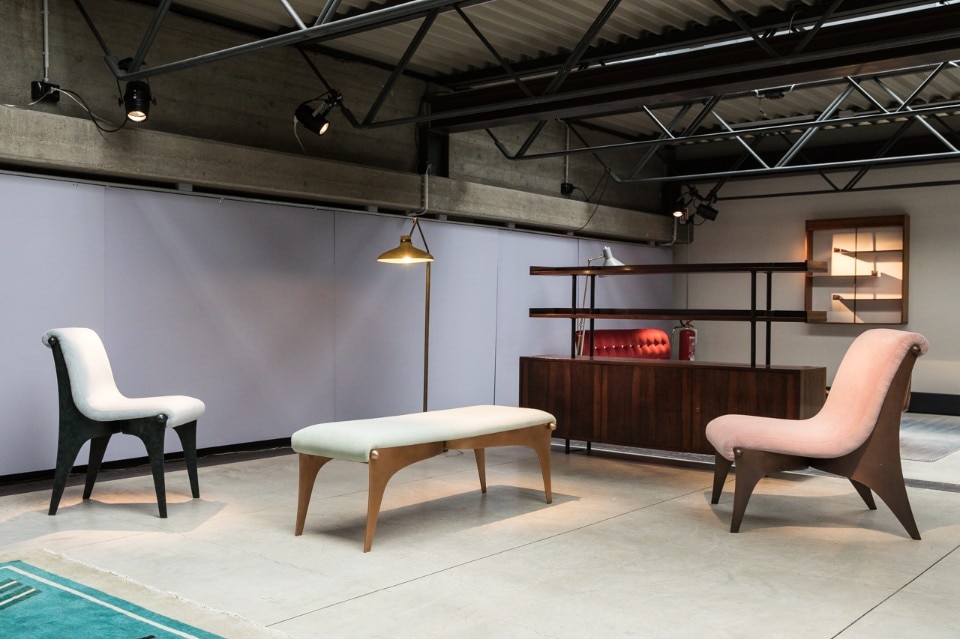
“New Sculptural Presence”
Exhibition design Studio Urquiola, curator Libby Seller.
Nilufar Depot, viale Vincenzo Lancetti 34, Milano
Photo by Henrik Blomqvist
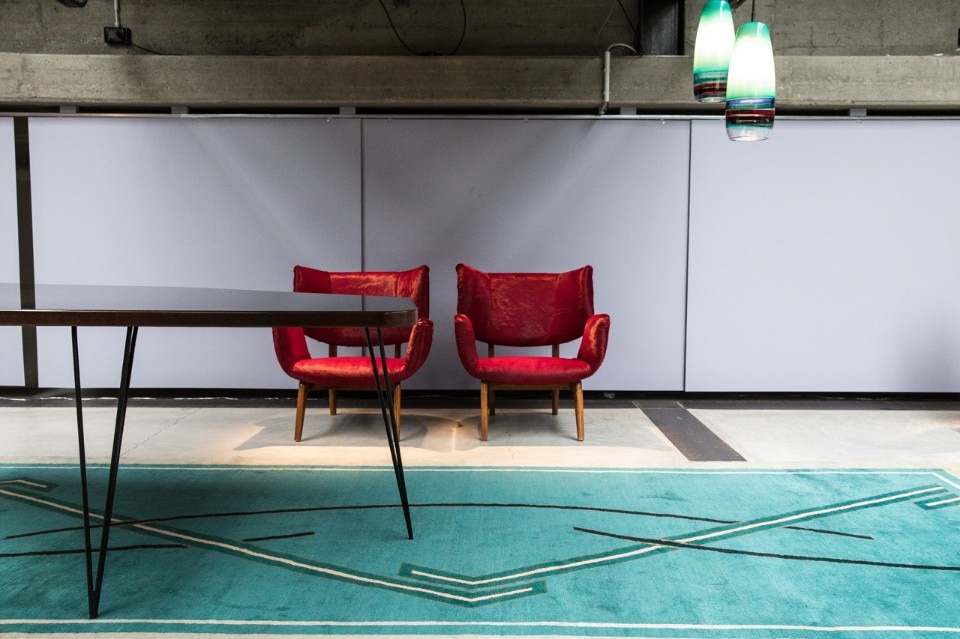
“New Sculptural Presence”
Exhibition design Studio Urquiola, curator Libby Seller.
Nilufar Depot, viale Vincenzo Lancetti 34, Milano
Photo by Henrik Blomqvist
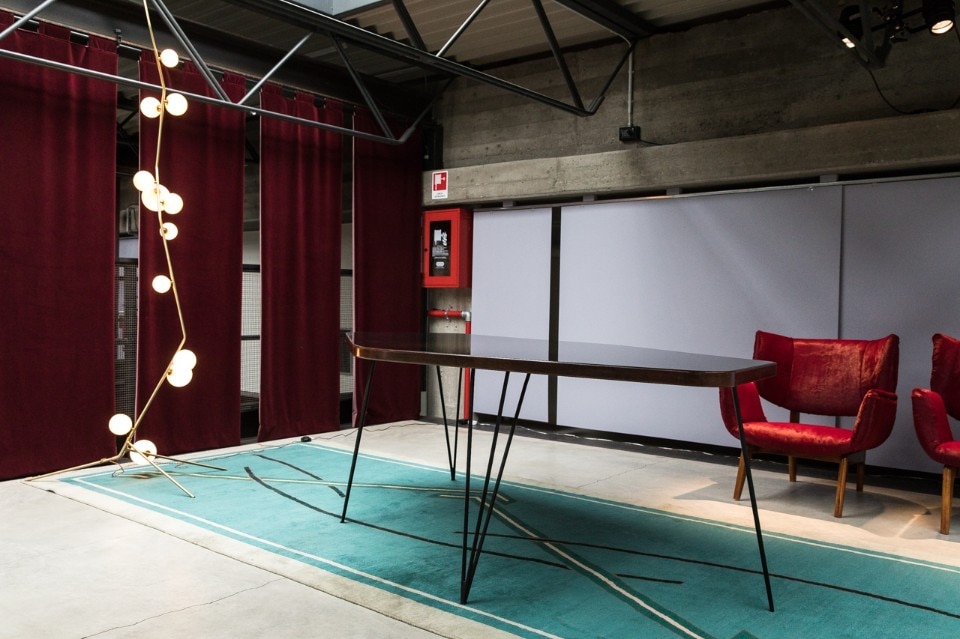
“New Sculptural Presence”
Exhibition design Studio Urquiola, curator Libby Seller.
Nilufar Depot, viale Vincenzo Lancetti 34, Milano
Photo by Henrik Blomqvist
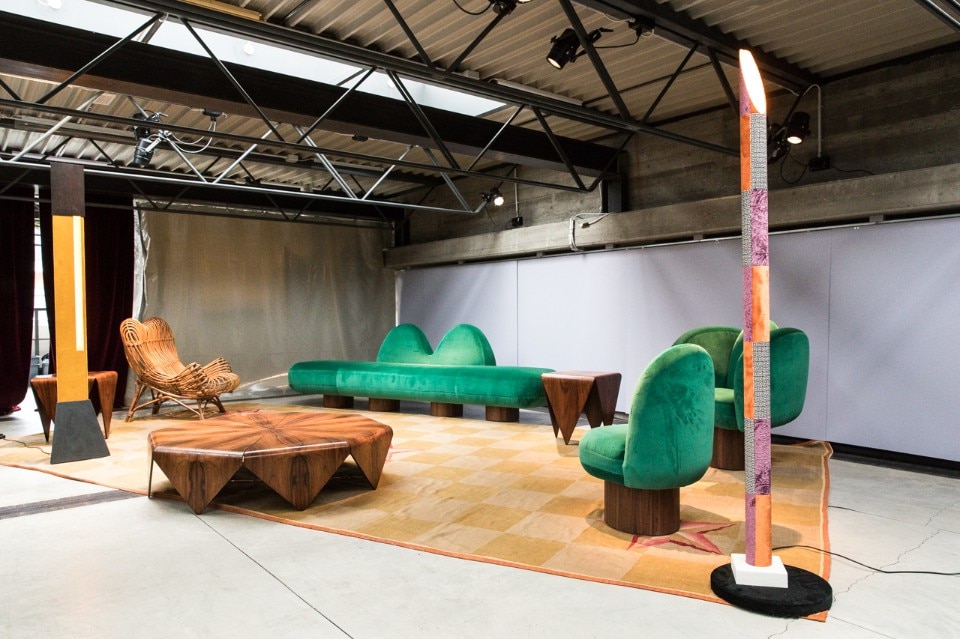
“New Sculptural Presence”
Exhibition design Studio Urquiola, curator Libby Seller.
Nilufar Depot, viale Vincenzo Lancetti 34, Milano
Photo by Henrik Blomqvist
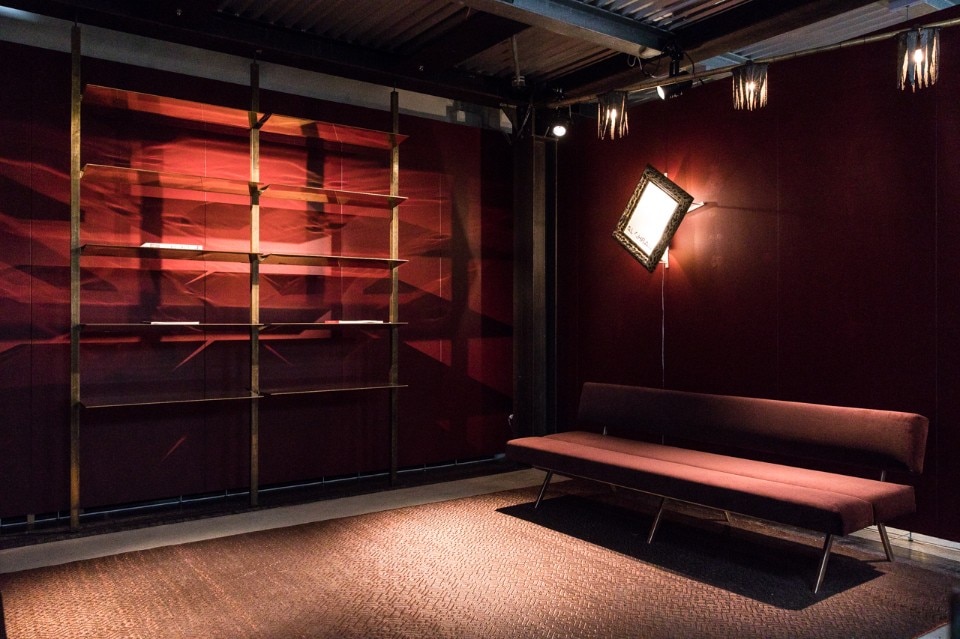
“New Sculptural Presence”
Exhibition design Studio Urquiola, curator Libby Seller.
Nilufar Depot, viale Vincenzo Lancetti 34, Milano
Photo by Henrik Blomqvist
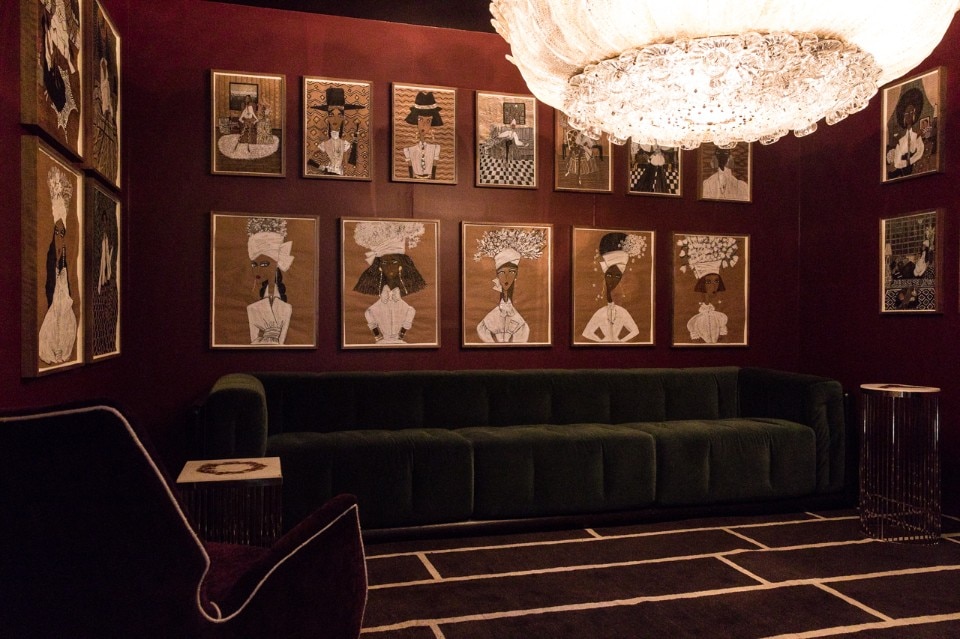
“New Sculptural Presence”
Exhibition design Studio Urquiola, curator Libby Seller.
Nilufar Depot, viale Vincenzo Lancetti 34, Milano
Photo by Henrik Blomqvist
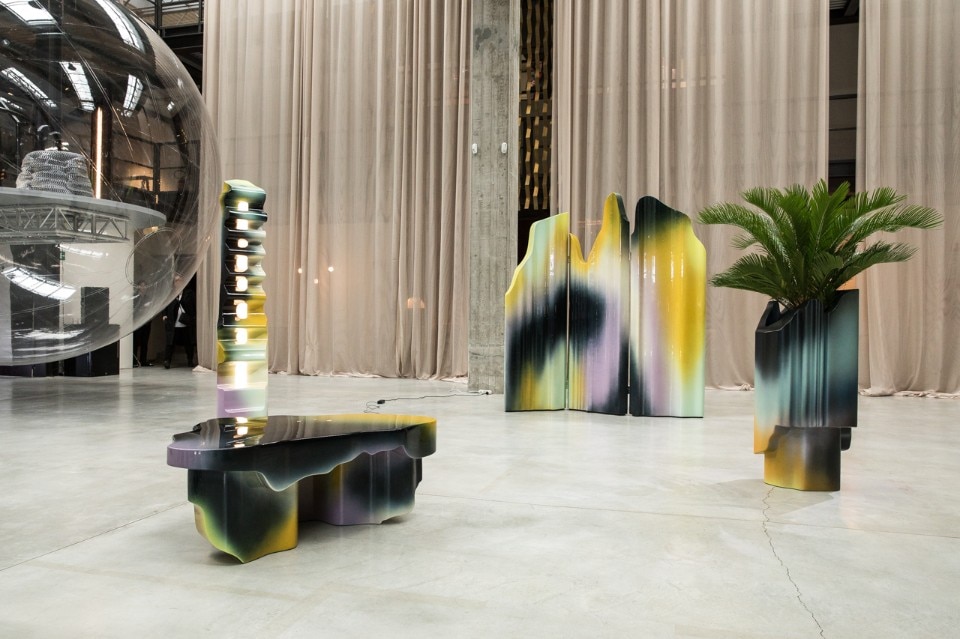
“New Sculptural Presence”
Exhibition design Studio Urquiola, curator Libby Seller.
Nilufar Depot, viale Vincenzo Lancetti 34, Milano
Photo by Henrik Blomqvist
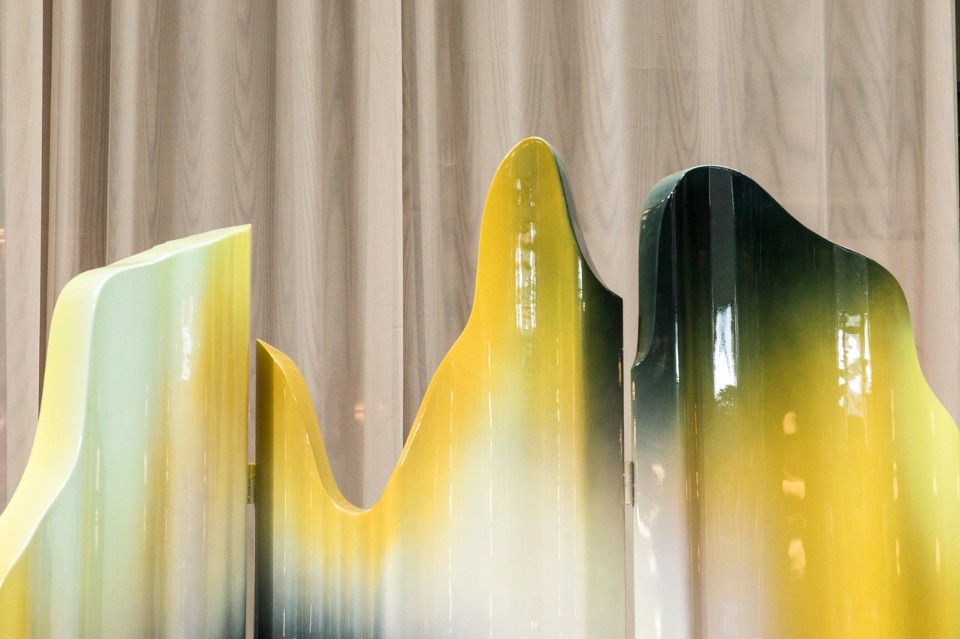
“New Sculptural Presence”
Exhibition design Studio Urquiola, curator Libby Seller.
Nilufar Depot, viale Vincenzo Lancetti 34, Milano
Photo by Henrik Blomqvist
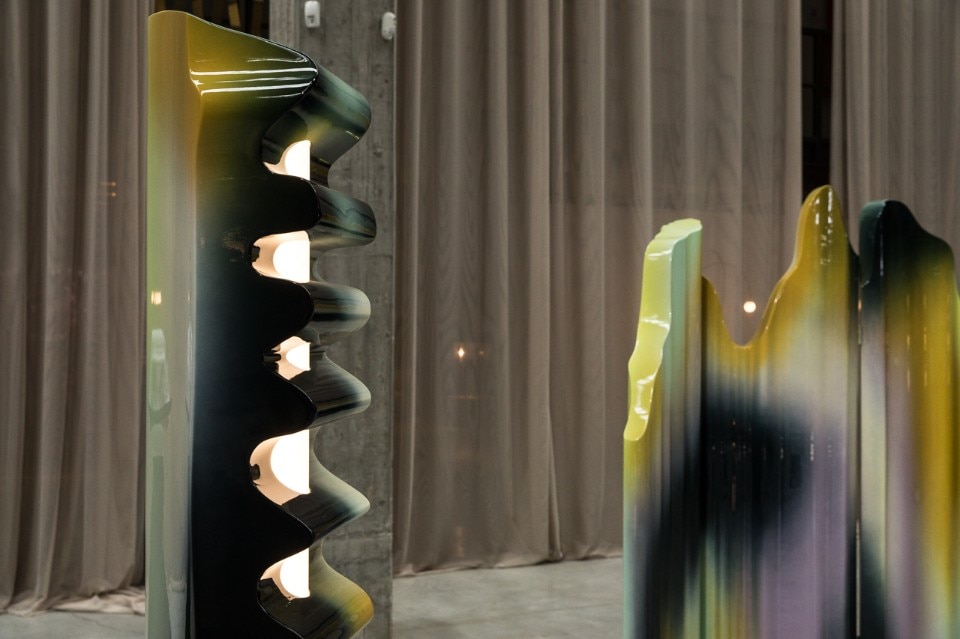
“New Sculptural Presence”
Exhibition design Studio Urquiola, curator Libby Seller.
Nilufar Depot, viale Vincenzo Lancetti 34, Milano
Photo by Henrik Blomqvist
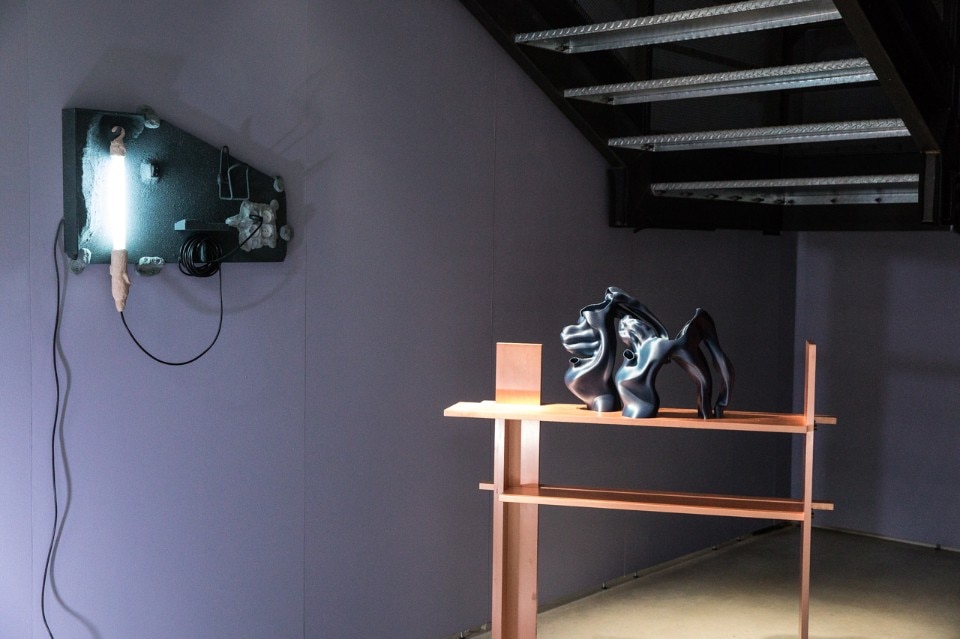
“New Sculptural Presence”
Exhibition design Studio Urquiola, curator Libby Seller.
Nilufar Depot, viale Vincenzo Lancetti 34, Milano
Photo by Henrik Blomqvist
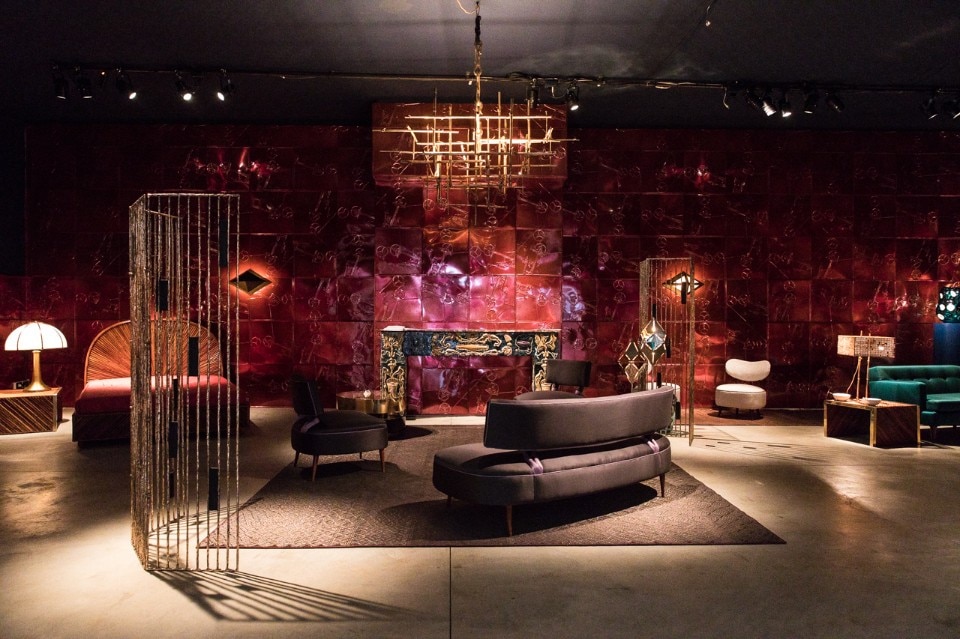
“New Sculptural Presence”
Exhibition design Studio Urquiola, curator Libby Seller.
Nilufar Depot, viale Vincenzo Lancetti 34, Milano
Photo by Henrik Blomqvist
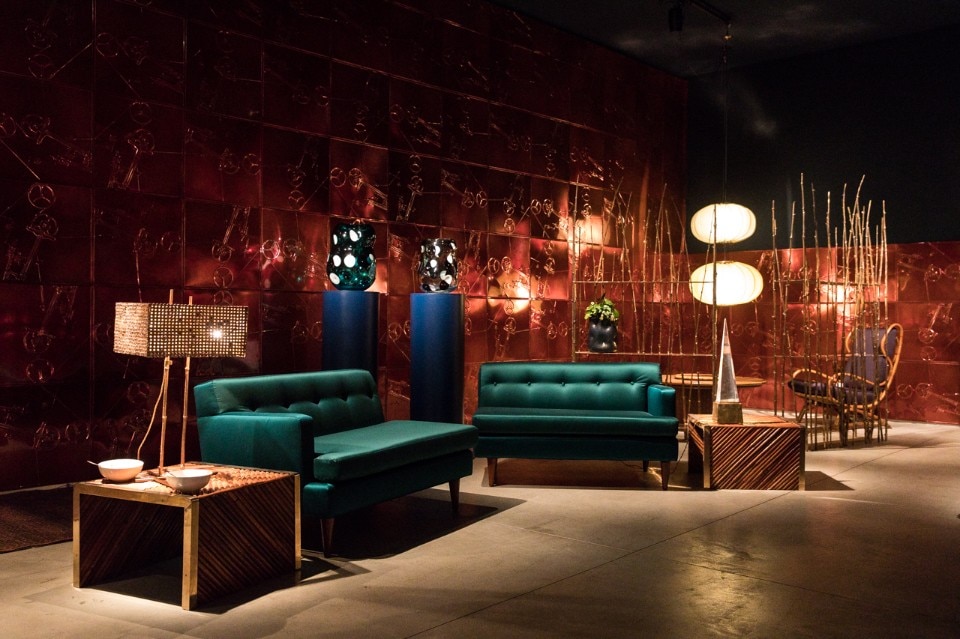
“New Sculptural Presence”
Exhibition design Studio Urquiola, curator Libby Seller.
Nilufar Depot, viale Vincenzo Lancetti 34, Milano
Photo by Henrik Blomqvist

“New Sculptural Presence”
Exhibition design Studio Urquiola, curator Libby Seller.
Nilufar Depot, viale Vincenzo Lancetti 34, Milano
Photo by Henrik Blomqvist

“New Sculptural Presence”
Exhibition design Studio Urquiola, curator Libby Seller.
Nilufar Depot, viale Vincenzo Lancetti 34, Milano
Photo by Henrik Blomqvist

“New Sculptural Presence”
Exhibition design Studio Urquiola, curator Libby Seller.
Nilufar Depot, viale Vincenzo Lancetti 34, Milano
Photo by Henrik Blomqvist

“New Sculptural Presence”
Exhibition design Studio Urquiola, curator Libby Seller.
Nilufar Depot, viale Vincenzo Lancetti 34, Milano
Photo by Henrik Blomqvist

“New Sculptural Presence”
Exhibition design Studio Urquiola, curator Libby Seller.
Nilufar Depot, viale Vincenzo Lancetti 34, Milano
Photo by Henrik Blomqvist

“New Sculptural Presence”
Exhibition design Studio Urquiola, curator Libby Seller.
Nilufar Depot, viale Vincenzo Lancetti 34, Milano
Photo by Henrik Blomqvist

“New Sculptural Presence”
Exhibition design Studio Urquiola, curator Libby Seller.
Nilufar Depot, viale Vincenzo Lancetti 34, Milano
Photo by Henrik Blomqvist

“New Sculptural Presence”
Exhibition design Studio Urquiola, curator Libby Seller.
Nilufar Depot, viale Vincenzo Lancetti 34, Milano
Photo by Henrik Blomqvist

“New Sculptural Presence”
Exhibition design Studio Urquiola, curator Libby Seller.
Nilufar Depot, viale Vincenzo Lancetti 34, Milano
Photo by Henrik Blomqvist

“New Sculptural Presence”
Exhibition design Studio Urquiola, curator Libby Seller.
Nilufar Depot, viale Vincenzo Lancetti 34, Milano
Photo by Henrik Blomqvist

“New Sculptural Presence”
Exhibition design Studio Urquiola, curator Libby Seller.
Nilufar Depot, viale Vincenzo Lancetti 34, Milano
Photo by Henrik Blomqvist

“New Sculptural Presence”
Exhibition design Studio Urquiola, curator Libby Seller.
Nilufar Depot, viale Vincenzo Lancetti 34, Milano
Photo by Henrik Blomqvist

“New Sculptural Presence”
Exhibition design Studio Urquiola, curator Libby Seller.
Nilufar Depot, viale Vincenzo Lancetti 34, Milano
Photo by Henrik Blomqvist

“New Sculptural Presence”
Exhibition design Studio Urquiola, curator Libby Seller.
Nilufar Depot, viale Vincenzo Lancetti 34, Milano
Photo by Henrik Blomqvist

“New Sculptural Presence”
Exhibition design Studio Urquiola, curator Libby Seller.
Nilufar Depot, viale Vincenzo Lancetti 34, Milano
Photo by Henrik Blomqvist

“New Sculptural Presence”
Exhibition design Studio Urquiola, curator Libby Seller.
Nilufar Depot, viale Vincenzo Lancetti 34, Milano
Photo by Henrik Blomqvist

“New Sculptural Presence”
Exhibition design Studio Urquiola, curator Libby Seller.
Nilufar Depot, viale Vincenzo Lancetti 34, Milano
Photo by Henrik Blomqvist
And between art and design?
It’s more and more evident how the new directions of design seem to bear formal results that distance themselves from functionality, breaking the modernist dogma of form that follows function: the pieces we present this year seem to open the door to a new category that we could call “functional art”. An interesting hybrid that can certainly renew both the world of design and art, rendering the former more experimental and the latter more accessible.
How many designers have you worked with over the years?
Around 70 designers.
Who did you most resonate with?
Martino Gamper and Bethan Laura Wood.
What is the challenge of working on new design projects?
The challenge is surely related to the concept of sustainability, mainly on two fronts. On the one hand, the use of sustainable materials, derived from a creative reuse of parts, like Thomas Ballouhey, or from the innovative synthesis of recycled materials and agglomerates that are skilfully processed by artisans to create new furnishings, like Martino Gamper. On the other hand, I consider sustainability in its sociological and social connotations, concrete proposals aimed at implementing services, systems and infrastructures to face critical situations, like climate change, natural disasters, war scenes and the flow of migrants, as a result.
Where do you find and buy the pieces for your gallery?
As far as vintage goes, from my dealer network which I nurtured and expanded over many years. Similarly, for contemporary projects, I’m establishing new collaborations with curators who can support me with a comprehensive view of the multifaceted, fragmented and fluid contemporary design scene.
What piece would you never give up?
Lighting. The 2045p lamp model by BBPR, created from modular components made by Arteluce under the guidance of Gino Sarfatti.
Is there a Nina Yashar style?
From the moment I created a dialogue between works from different cultures and periods in a single space, my style was, naturally, born, which I then later fine-tuned over the years through a constant search for contrast or, rather, harmonious dissonance.
You have many nicknames, like, for example, the Peggy Guggenheim or King Midas of design. How would you define yourself?
An explorer.
If you had one superpower, how would you use it in your work?
If I had a super power, it would be teleportation: I’d use it to gather together groups of designers and launch stimuli and contests to develop projects that support contemporary experimentation and ideas. But also to give life to projects that reconstruct the historical past of design and planning and allow forgotten, important stories to resurface in order to understand contemporary thinking and to help it unfold coherently: towards healthy innovation that respects our past, is far-sighted and attentive to what we can become.
Opening image: Portrait of the gallerist Nina Yashar in the Nilufar
- Project:
- FAR
- Curator:
- Studio Vedèt
- Venue:
- Nilufar Depot
- Address:
- viale Vincenzo Lancetti 34, Milano
- Exhibition design:
- Space Caviar
- Project:
- New Sculptural Presence
- Curator:
- Libby Sellers
- Venue:
- Nilufar Depot
- Address:
- viale Vincenzo Lancetti 34, Milano
- Exhibition design:
- Patricia Urquiola



